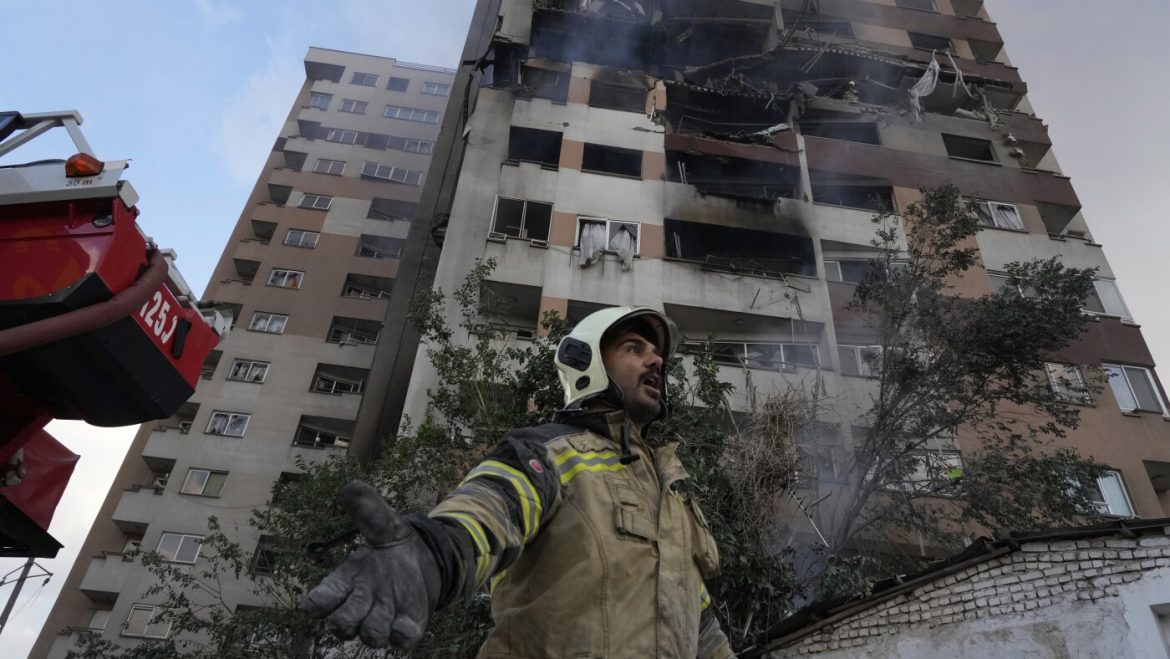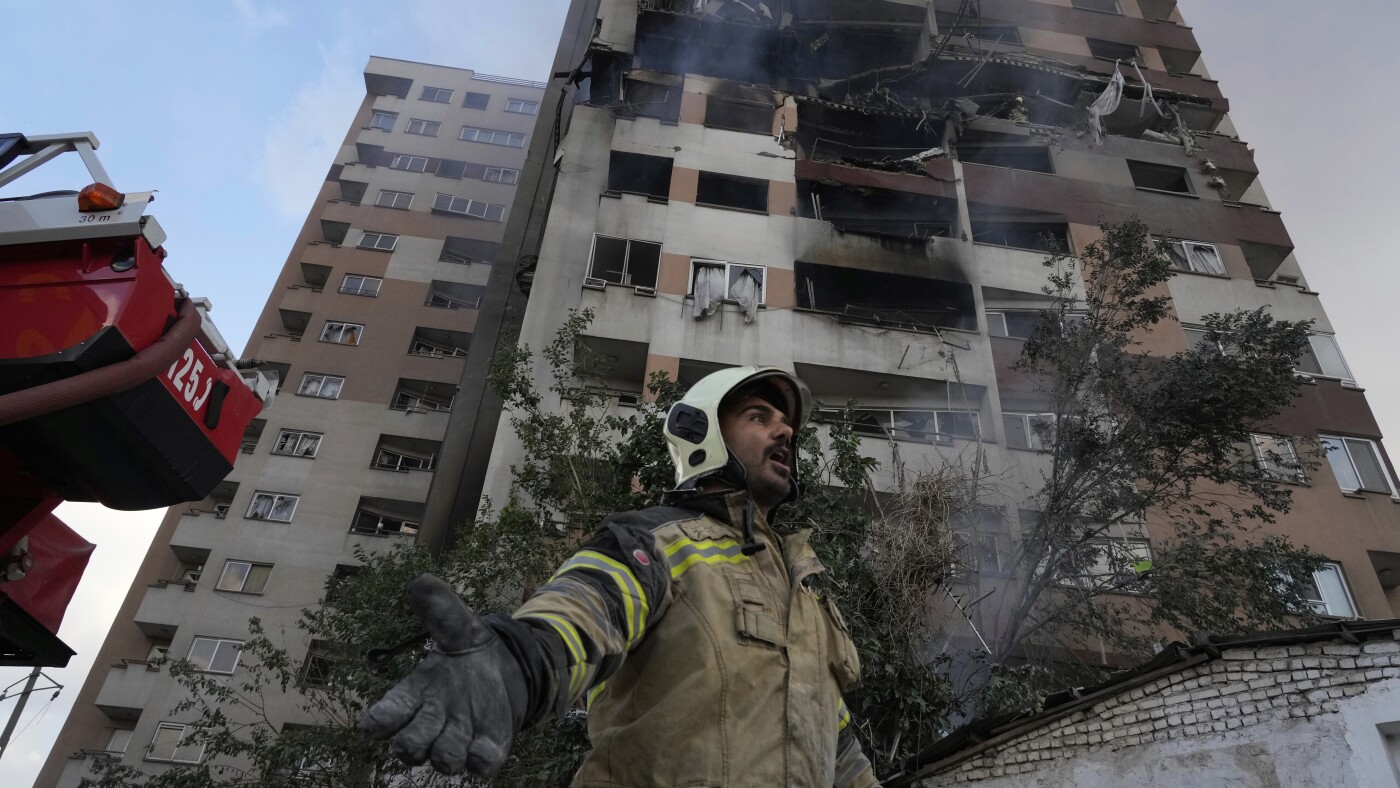Rising Tensions: Israel’s Strikes on Iran’s Nuclear and Missile Sites
In a significant escalation of hostilities, Israel has launched a series of intensive strikes targeting Iran’s nuclear and missile infrastructure, primarily focused on Tehran and key military sites. This operation marks one of the most aggressive moves by Israel against Iran in recent years, with far-reaching implications for regional stability and international diplomacy.
Overview of the Attack
Israel’s military offensive began early Friday with targeted airstrikes on Iran’s capital city, Tehran, hitting nuclear enrichment facilities, ballistic missile factories, and strategic military command centers. Sources confirm that high-ranking Iranian military officials and nuclear scientists were reportedly killed in these attacks. Israeli Prime Minister Benjamin Netanyahu publicly asserted that Iran’s chief uranium enrichment site at Natanz was among the primary targets, reinforcing the narrative of a preemptive strike intended to halt Tehran’s perceived progress toward nuclear weaponization.
Scale and Methodology of the Strikes
The operation distinguished itself not only by its precision but also by the sheer scale of the force deployed. Reports indicate that Israel utilized a combination of airstrikes and drone technology, with the Israeli Defense Forces (IDF) referencing a launch of over 100 drones involved in the assault or the subsequent conflict escalation. The strike was described as unprecedented in scope, indicating a strategic shift that could presage prolonged hostilities rather than a singular event.
Immediate Iranian Response and Retaliation
Iran reacted swiftly, deploying a large influx of drones in retaliation, some of which reportedly crossed regional airspace, triggering air raid sirens in neighboring countries such as Jordan and Israel. Tehran vowed an immediate and forceful response, with officials warning of a potential “death spiral” in regional conflict dynamics. Iranian military jets scrambled as part of defensive measures, preparing for anticipated counterstrikes. These events have set the Middle East on edge as experts warn this cycle of attack and retaliation raises the risk of a broader, perhaps protracted, military confrontation.
Strategic Context
The backdrop to this confrontation is Tehran’s rapidly advancing nuclear program, which has been a focal point of international concern and negotiation for years. Israel’s decision to engage in direct strikes can be viewed as a response to perceived shortcomings or delays in diplomatic efforts aimed at curbing Iran’s uranium enrichment—a process vital for both civilian energy and potential weapons development. These strikes occurred just ahead of planned international negotiations, underscoring the complex interplay between military action and diplomacy in this volatile context.
Regional and Global Implications
The escalation has global ramifications, complicating relations between key international players including the United States, regional Gulf countries, and global nuclear watchdogs. The timing has led to urgent discussions and monitoring, emphasizing the delicate balance between deterring nuclear proliferation and avoiding a full-scale war.
Israeli reservists have been called back to duty amid increasing security concerns, signaling the government’s anticipation of an extended conflict phase. The operation is widely interpreted as an effort to preempt an Iranian nuclear breakout, but also carries the risk of deepening sectarian divides and spawning proxy conflicts across the region.
Possible Scenarios Ahead
– Prolonged Military Engagement: Given the scale of Israeli strikes and Iran’s vow for retaliation, there is a stark possibility that the conflict may escalate into a broader war involving missile exchanges and drone swarms, potentially drawing in allied militant groups.
– Diplomatic Backchannel Efforts: Despite overt military actions, international actors may intensify behind-the-scenes negotiations to contain the crisis, aiming to resume talks on Iran’s nuclear ambitions.
– Regional Security Realignment: Neighboring states may increase their defensive postures and reconsider alliances in response to the heightened threat environment.
Conclusion: A Turning Point in Israel-Iran Relations
Israel’s recent attacks on Iran’s nuclear and missile sites represent a dramatic intensification of their long-standing conflict, shifting from covert operations and proxy confrontations to open military strikes within Iran’s heartland. The immediate aftermath has been a surge in retaliatory drones and heightened military readiness on both sides, plainly signaling a new and dangerous phase. With diplomatic talks now overshadowed by kinetic actions, the region faces a precarious moment where miscalculations could lead to a catastrophic escalation. Moving forward, monitoring the balance of military response and diplomatic initiatives will be critical in determining whether this spiral of violence can be contained or if it will engulf the Middle East in a broader conflict.


